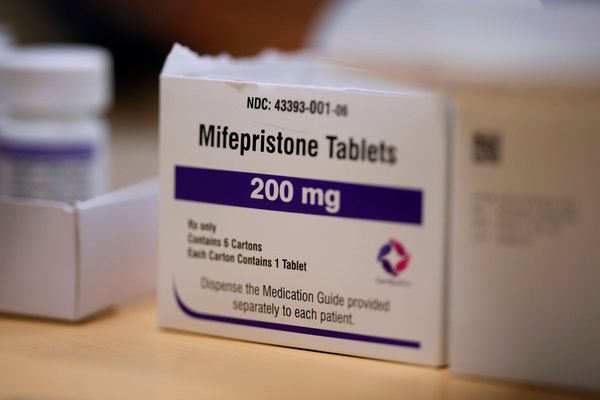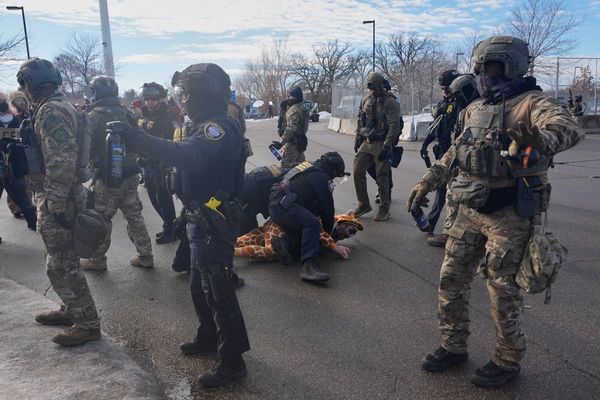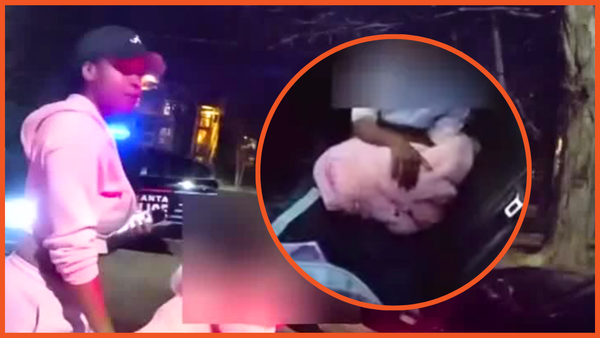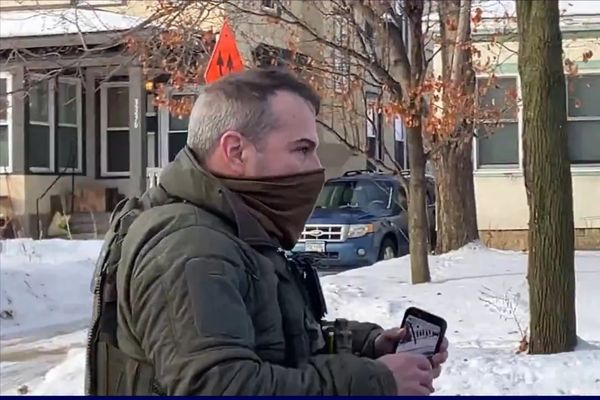
Teargas and live ammunition were used against demonstrators as pockets of violence broke out in Kenya during a second day of protests against tax increases and rising living costs.
Despite relative calm in Nairobi on Thursday morning, there were clashes in the informal settlements of Kibera and Mathare in the capital, and in the western city of Kisumu. Protesters threw stones at police, who had mounted a heavy presence in Nairobi after the deaths of at least six demonstrators and more than 300 arrests around the country on Wednesday.
The arrest and subsequent detention without charge of Babu Owino, MP for Nairobi’s Embakasi East constituency, could fuel further demonstrations, which are expected to continue on Friday. He has been charged with conducting subversive activities. Owino was one of several vocal opposition figures arrested in connection with the protests this week. Among the others is Maina Njenga, the former leader of the proscribed organisation Mungiki, who has associated himself with the opposition.
The government has yet to issue an official statement about the demonstrations or confirm the number of dead or injured. Kenya’s main opposition leader, Raila Odinga, has urged millions of his followers to protest against levies on fuel and housing introduced last month, and the increasing costs of basic goods since President William Ruto came to power last year.
In Kibera, where Odinga draws wide support, scores of demonstrators engaged in a cat-and-mouse game with riot police. “Ruto must bring the cost of unga [maize flour] down or he should just quit,” said Duncan Oketch, a local resident.
Kevin Omondi, a driver from Kibera’s Soweto district, fought back tears as police lobbed teargas canisters into his compound. “This is the first time we are seeing police enter deep into Kibera. We have no place to hide our children. We are pleading with the police but they are not listening,” he said, requesting us not to take his photo for fear of reprisals from the riot police.

In Kisumu, a city near Lake Victoria about 200 miles from Nairobi, and a key opposition zone, sporadic clashes broke out between police and demonstrators, with many residents opting to stay indoors.
Zandok Ondari, a commercial photographer, had not left his home for the second day running. “I have chosen to shelter in place rather than risk needless injuries or worse,” he said. “A number of those injured just found themselves at the wrong place. I will only venture outside when the opposition calls off the three-day protests.”
Police set up blockades on Thursday afternoon in a park near Nairobi city centre to prevent a showdown with protesters. Opposition leaders had urged residents to converge at the park.
The minority leader in parliament, Opiyo Wandayi, said opposition MPs were “delighted by the successful [protests] and thank Kenyans for showing up in large numbers to express their frustrations over the taxes imposed by this draconian regime”.
He added: “We ask the international criminal court to take a keen interest in the Kenya situation. These attacks [against protesters] are planned. They are crimes against humanity.”
Wandayi assured supporters that Odinga, who has not been seen in public this week, was “very safe”, in response to speculation on social media. “This is a people’s movement and does not require someone to lead us,” he said.
While the government has lifted the order given earlier this week urging parents not to take their children to school, most parents kept their children at home again on Thursday for fear of more riots. Last week, children at a school west of Nairobi were teargassed, with some requiring hospital treatment after a canister was thrown into their classroom by police trying to disperse protesters.
Some of the children who turned up for classes on Thursday were turned away by teachers, who told local media they could not guarantee their safety.
“My daughter’s school borders Kibera and I cannot risk taking her there today. She will stay at home until the situation normalises,” said Angelina Misiko, a single mother of two.
In a statement released on Thursday, Amnesty International Kenya said police had killed 30 people since cost-of-living protests began in March. The Media Council of Kenya has criticised the police for posing as journalists to arrest protesters.







